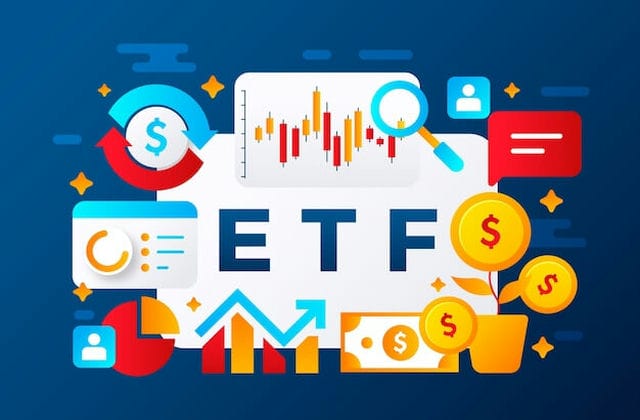The most important feature of a closed-end fund is that the fund size is fixed for the contractual savings period. The majority of closed-end funds in the market have a savings period of 15 years, during which time, although the closed-end fund will publish the net value of the fund on a regular basis, investors are unable to buy or redeem shares from the fund company at the net value and can only buy or sell from other investors on the stock exchange at the market price, similar to buying or selling shares. The market price of a closed-end fund is mainly influenced by supply and demand in the secondary market. When demand is high, the trading price will exceed the NAV of the fund, resulting in trading at a premium, while the opposite is known as trading at a discount, with the NAV of the fund playing a guiding role in the trading process.

In contrast to open-ended funds, closed-end funds do not allow investors to redeem their investments during the life of the fund, regardless of performance, so the fund manager is not under operational pressure to redeem and can invest for the long term according to a pre-determined investment plan. At the same time, while open-ended funds need to retain a certain amount of cash assets at all times, closed-end funds can sacrifice more liquidity for investment opportunities with higher value-added potential. Of course, if you are in a market that is rising rapidly in the short term, closed-end funds are unable to raise additional capital and reduce transaction costs by raising more money due to their fixed size.
In summary, for closed-end funds are extremely suitable for two types of investment: one is to consider its market trading characteristics, suitable for trading through the secondary market to obtain the spread expected annualized returns, which closed-end funds the size of the discount, that is, the discount rate is an important indicator to examine the closed-end funds, investment discount rate higher closed-end funds, once the discount is reduced to a premium is expected annualized returns; second is to consider its investment operation characteristics, suitable for long-term investment of 3 * 5 years, to fully enjoy the high growth returns.
There are generally three options for closed-end funds at maturity, namely extension or expansion, liquidation and closure to open. There is basically no impact on the market from extension or expansion, but as the maturity option must be considered at a general meeting of holders, it is least likely to be implemented as it is in the interests of holders to extend or expand a closed-end fund at a high long-term discount. The two more likely options are liquidation at maturity and closed to open. In the liquidation at maturity scenario, the fund management company would be required to enter into liquidation early and, based on international averages, the liquidation at maturity cost would be around 5%, so the level of excess expected annualized return to investors would be the theoretical internal expected annualized rate of return less the liquidation cost component. In the closed to open scenario, the secondary market trading price has basically reverted to the net value during the implementation of the scheme. After the conversion to an open-ended fund, the scope for redemption arbitrage has been relatively small, and only a relatively fixed percentage of redemptions is maintained as in the case of other open-ended funds, and the impact on the market is smaller.
In the case of a close-to-open scenario, the timing of the implementation of the programmed varies, as does the impact on investors' excess expected annualized returns. Analysis shows that the discount on holdings is positively correlated with the internal expected annualized return when a closed-end conversion is implemented for US closed-end funds. However, there is no significant relationship between the discount and the internal expected annualized return for highly discounted funds that do not have a closed to open expectation. In relation to the arbitrage opportunities under our closed-end funds, it can be seen that the timing of the scheme varies, as does the scope for arbitrage for specific fund types and the excess expected annualized returns for investors.

If the scheme is to be closed to open in advance of maturity, then the proximity of the fund's maturity date is irrelevant and there is more scope for investing in large cap funds with a high discount; if the scheme is to be closed to open only at maturity, only small cap funds with a close maturity date will be able to achieve excess expected annualized returns in a shorter period of time, while large cap funds with a distant maturity date will only be able to seek rebound opportunities in secondary market trading prices under a similar effect. Large cap closed-end fund discount rate is generally above 40%, once there is the introduction of closed to open program, high discount fund return road will be accelerated, investors are expected to obtain more than theoretical internal expected annualized return of excess expected annualized return.
On balance, we believe that closed-end funds will be more active after the festive period and there will be more investment opportunities. We recommend that investors make closed-end fund investments by seizing the above two major entry points. That is, to focus on the net value growth potential while taking into account the level of discount rate, so as to obtain higher excess expected annualized returns.





























